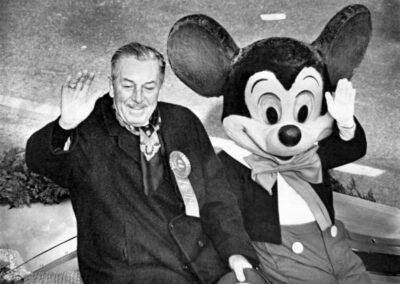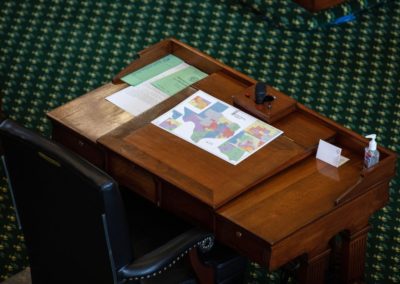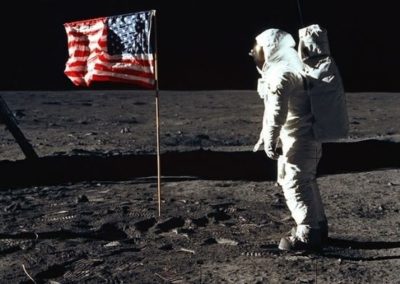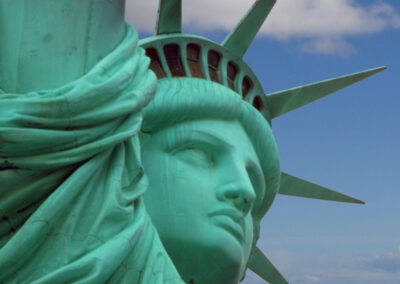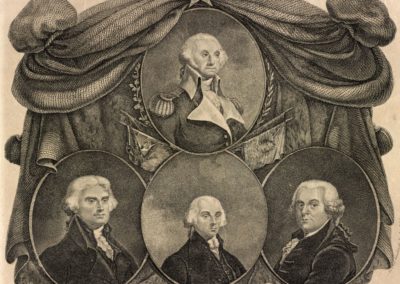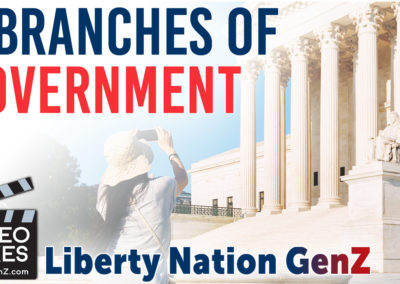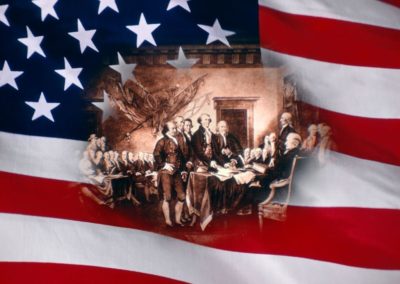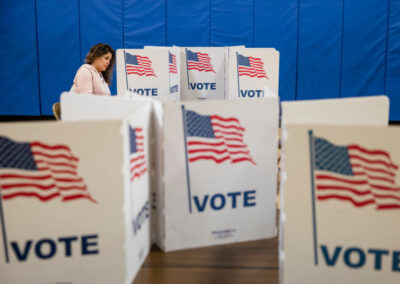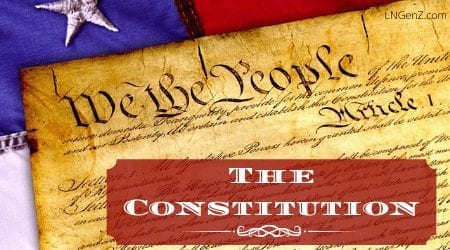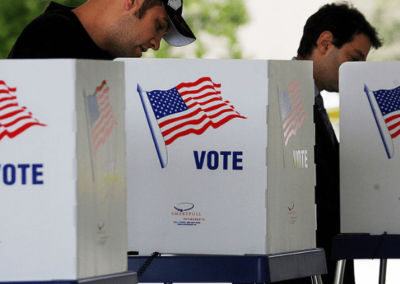Understanding the Presidential Election Process
Changes in the election rules over the years make for interesting results.
By: Dave Patterson | November 5, 2024 | 556 Words
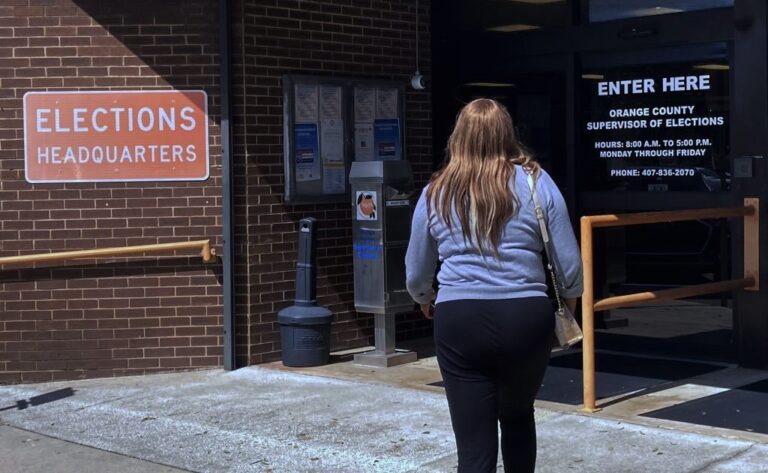
(Photo by Paul Hennessy/Anadolu via Getty Images)
The 2024 US presidential election has been non-stop drama. But it’s what you would expect when there are so many important issues to be considered. Former President Donald J. Trump and current Vice President Kamala Harris are competing for what is arguably the most powerful position in the world – President of the United States.
Voters persuaded by trends in election polling will want to cast ballots in person during early in-person voting or voting by mail. Each state determines the mail-in, absentee, and early in-person voting rules for its residents. How can that be? Aren’t the general elections for the whole United States, and shouldn’t the rules be the same? Well, they aren’t, and there is a good reason. Each candidate is working full-time to persuade voters to cast their votes for them. Many of the issues in this presidential campaign center on the voting process. The voting process is different in every state, and that causes controversies that often complicate the voting results.
The US Constitution Provides Election Guidance
The US Constitution gives the responsibility for elections, even national elections, to the individual states. Article 1, Section 4, Clause 1 reads: “The Times, Places and Manner of holding Elections for Senators and Representatives, shall be prescribed in each State by the Legislature thereof; but the Congress may at any time by Law make or alter such Regulations, except as to the Places of choosing Senators.” The clause is referred to as the Election Clause. What this means is that states are responsible for not just times and places for voting, but “registration, supervision of voting, protection of voters, prevention of fraud and corrupt practices, counting of votes, duties of inspectors and canvassers, and making and publication of election returns.”

(Photo by Paul Hennessy/Anadolu via Getty Images)
This process puts a lot of visibility on state legislatures leading up to and following national elections. In 1993, Congress passed the National Voter Registration Act (NVRA). The NVRA requires each state to designate a chief election official to run elections for that state. In 33 states, the people elect the chief election official. In Alaska and Utah, the chief election official is the lieutenant governor. In Delaware, Florida, New Jersey, Pennsylvania, Texas, and Virginia, the governor appoints the chief election official. Other states rely on some variation of state boards or commissions to oversee elections. Nonetheless, each state is responsible for elections and how they are run.
November 5 will mark the 60th presidential election. The first was in 1789. Times have changed. With the NVRA, more administration is involved, and states have implemented more rules and procedures.
What hasn’t changed is the number of organizations like unions and special interest groups that go to great lengths to persuade voters to cast ballots in their favor. Competing interests have made elections in the US exciting. The importance of states in national elections is in keeping with the firm belief in states’ rights that the Founding Fathers held as vital for America.
Takeaways:
- Today marks the 60th presidential election.
- As directed by the US Constitution, each state is in charge of its own presidential election, and the process often differs from one state to the next.
- The Founding Fathers gave individual states this power to safeguard against a too-powerful federal government becoming a tyranny.


